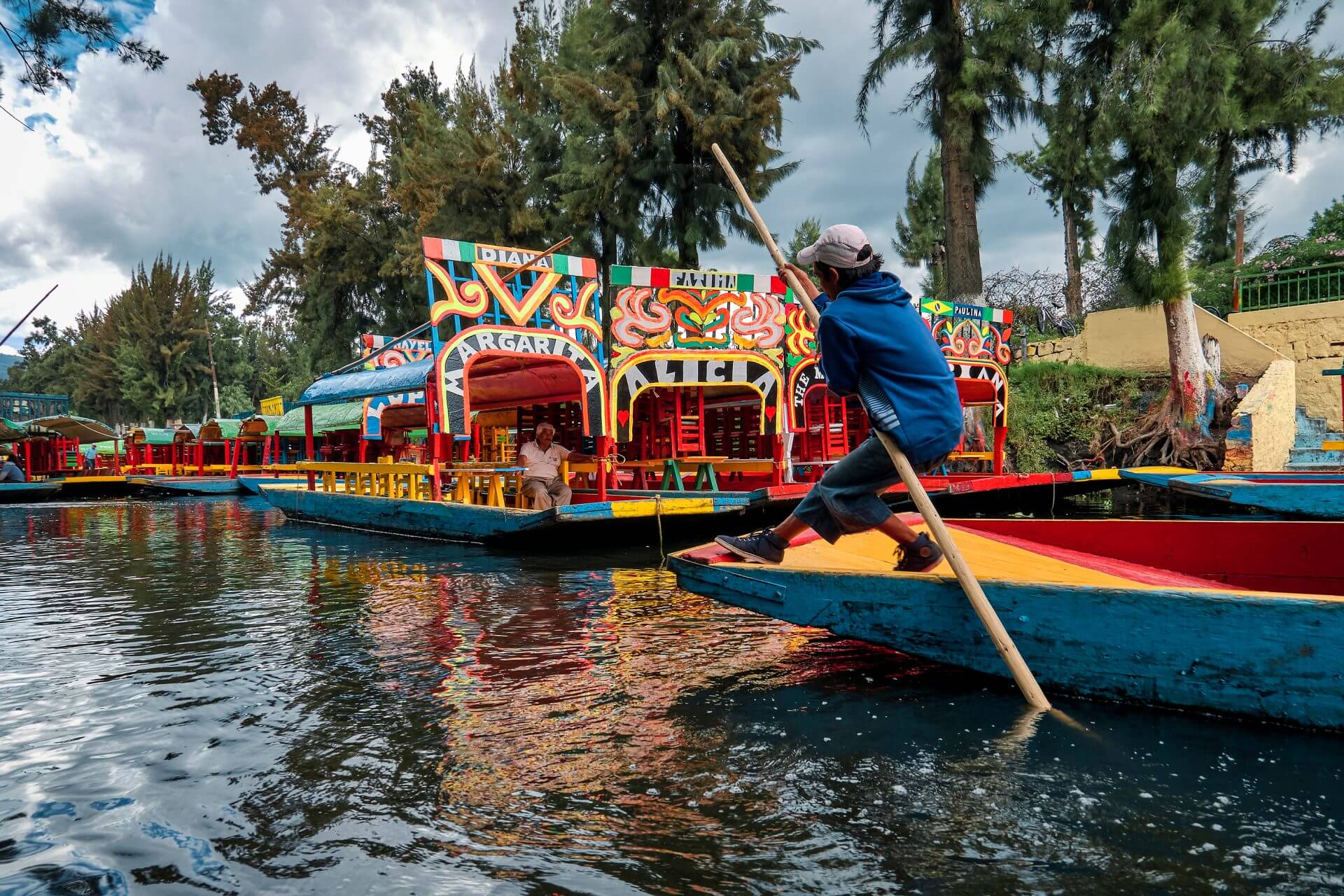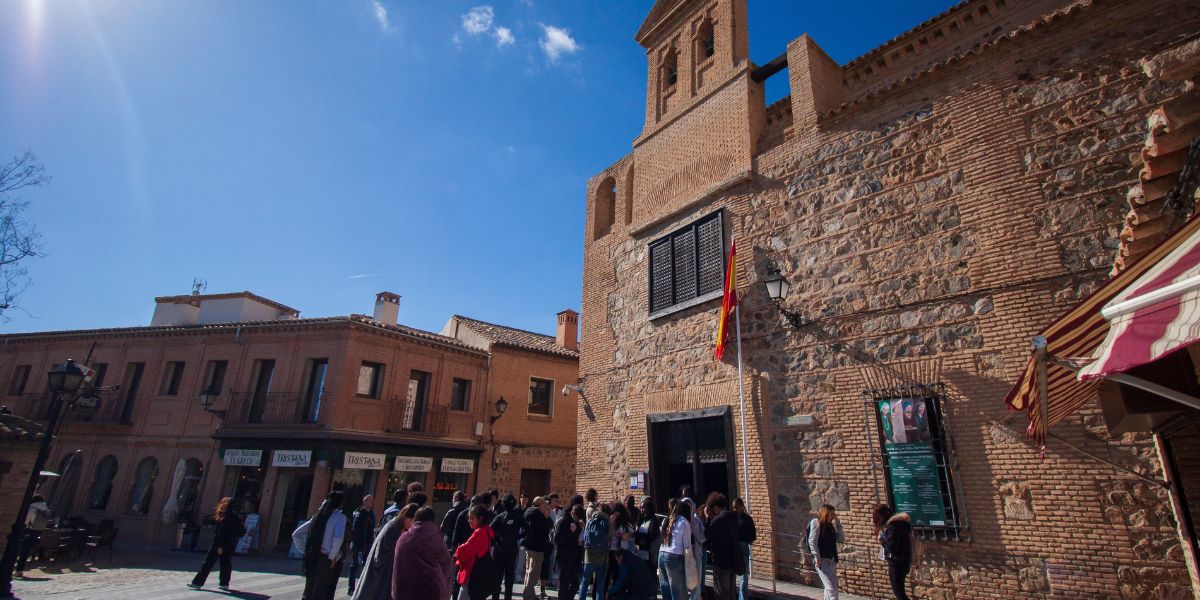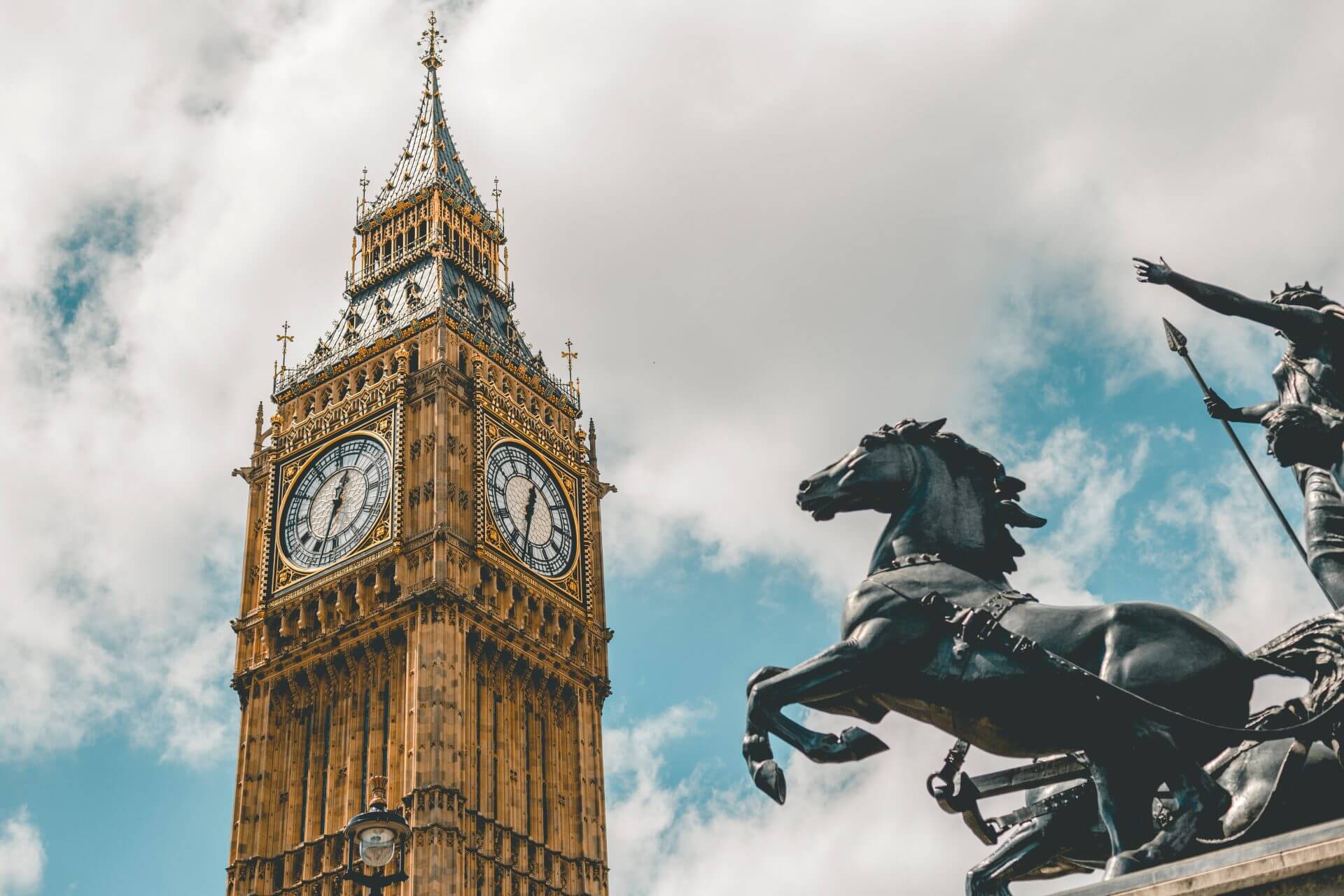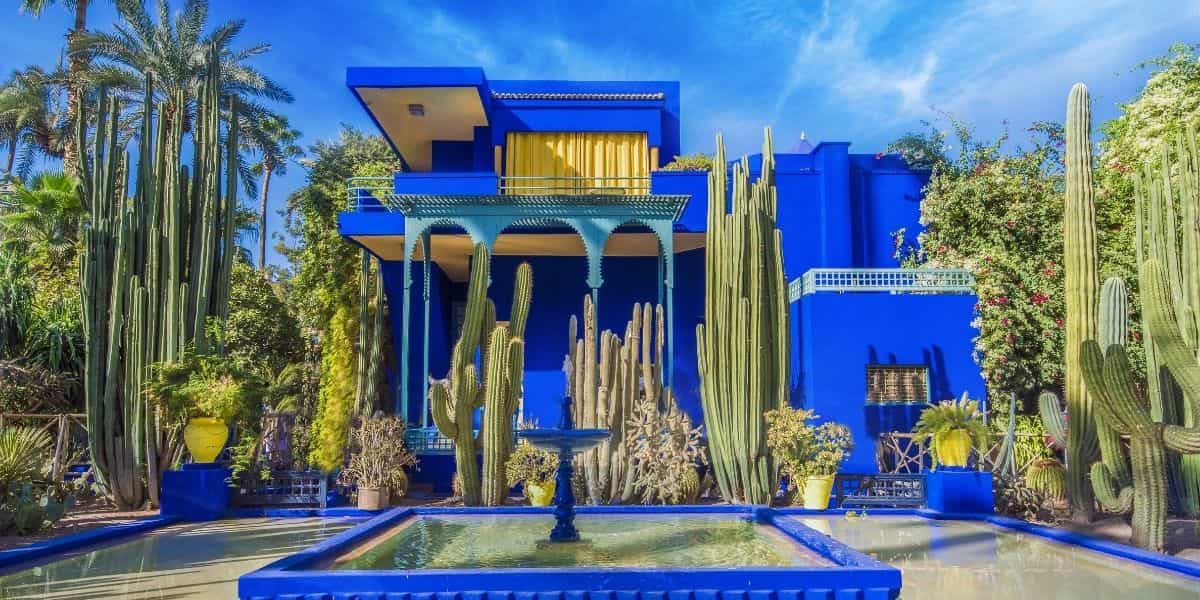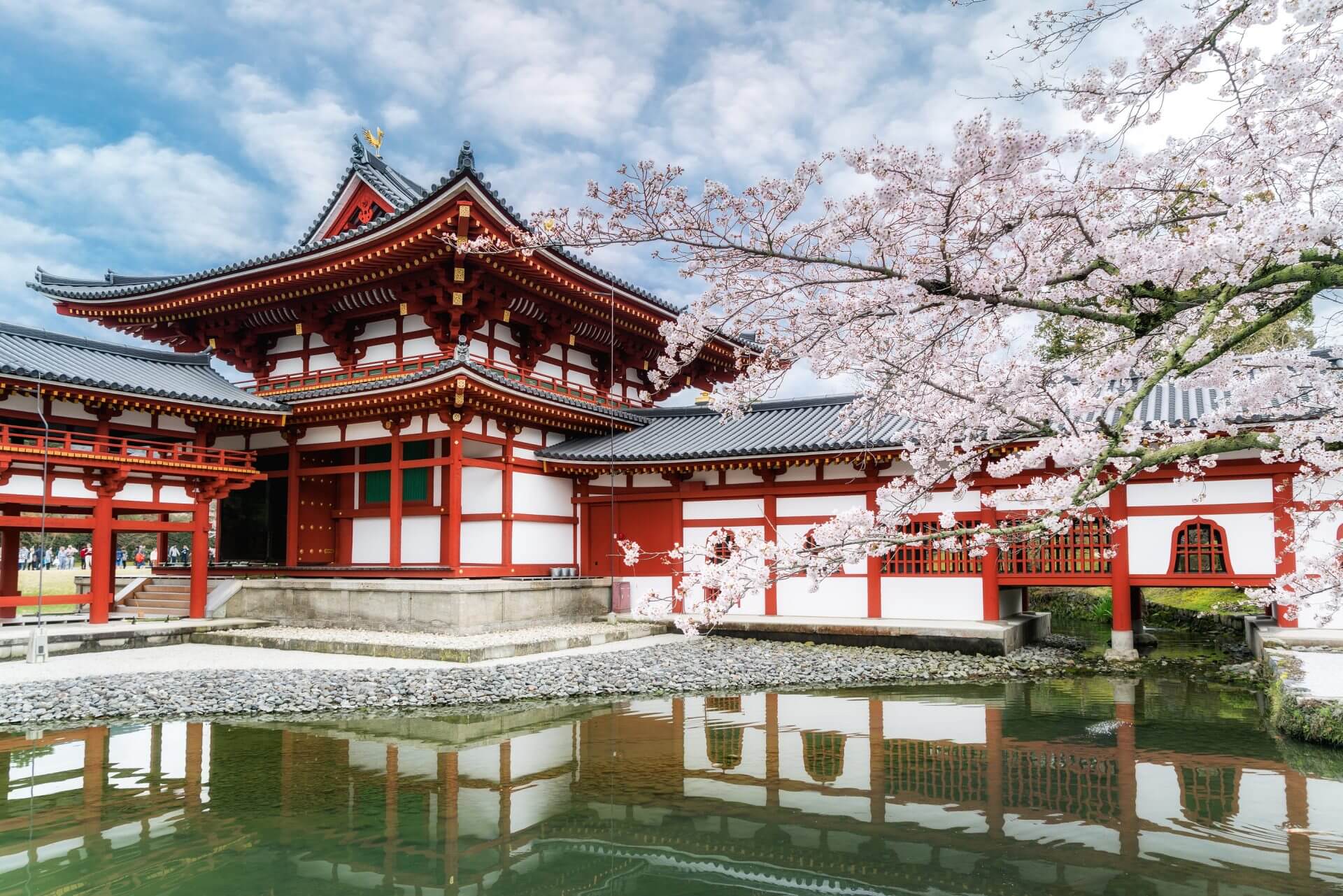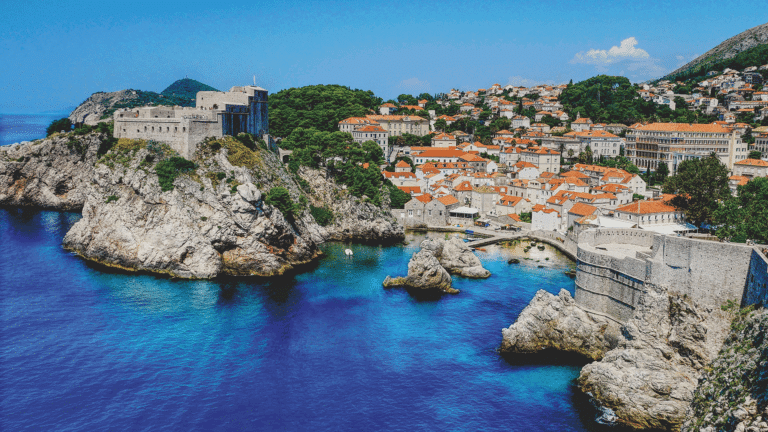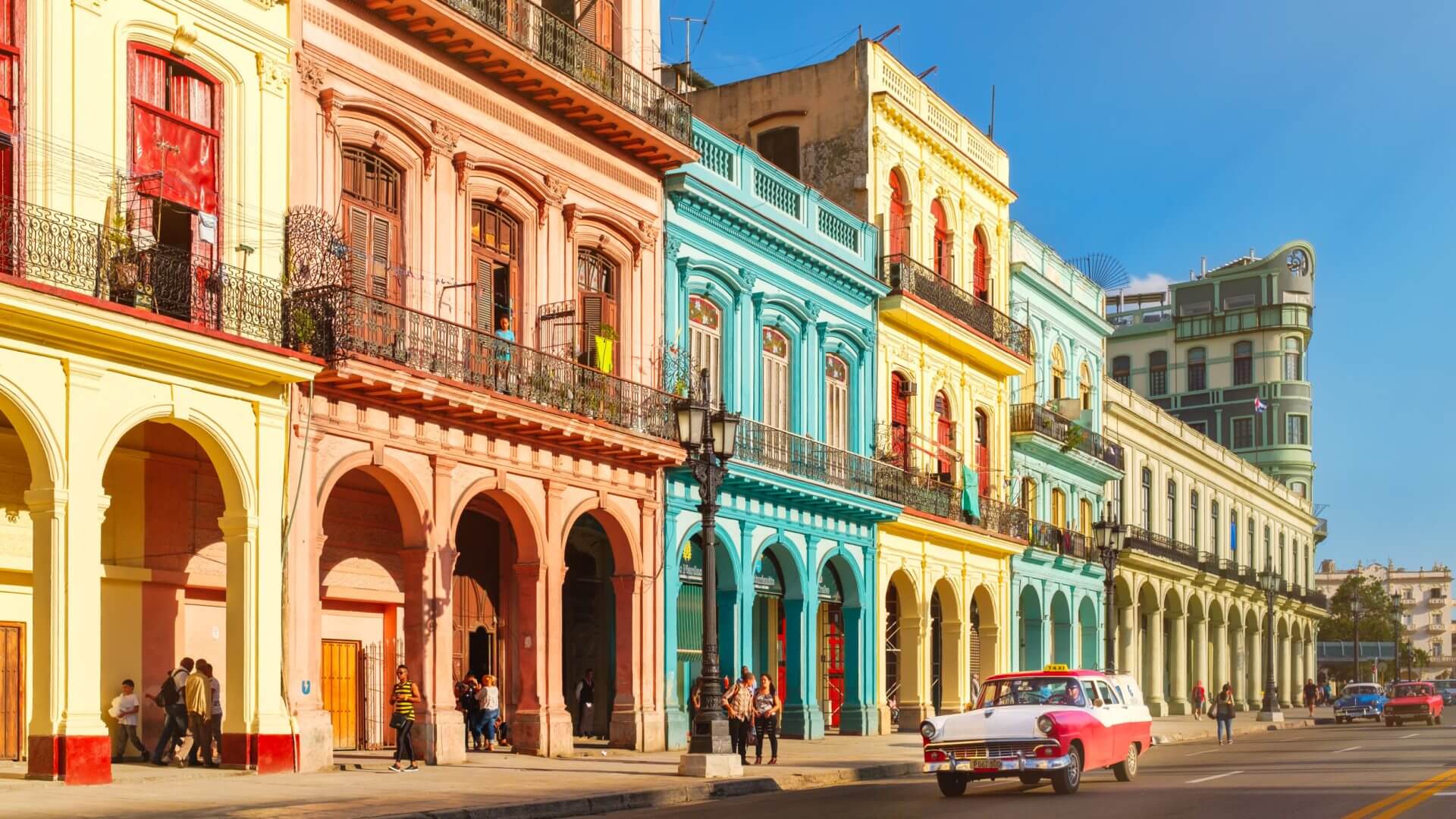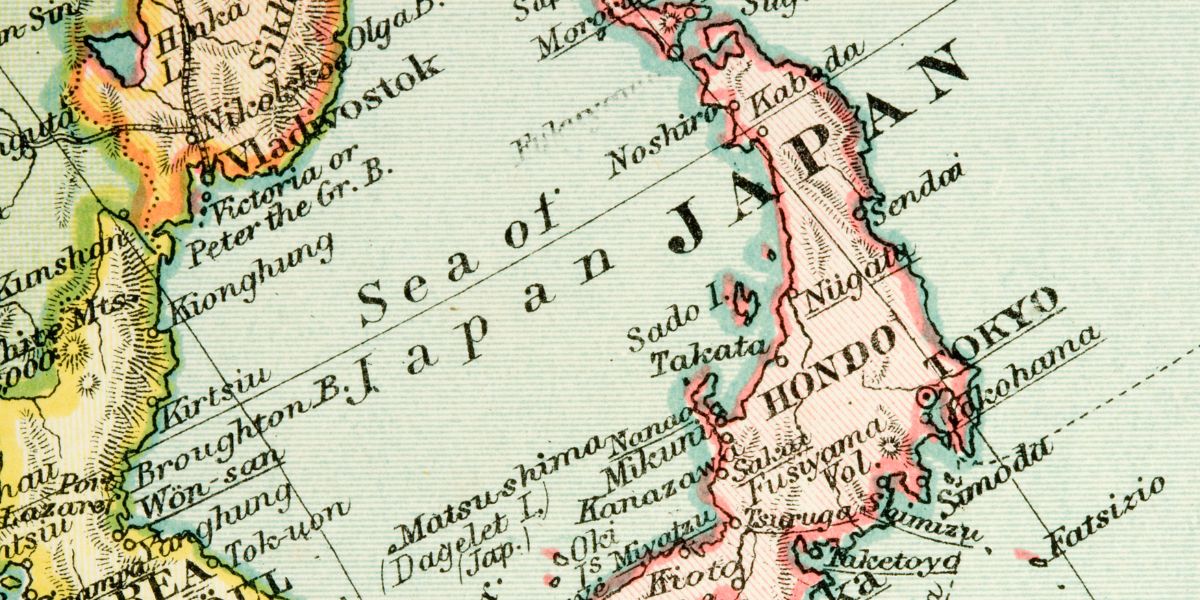The following article is the first in a series about the Old City of Jerusalem, Israel. It is presented from the point of view of the author, a tour guide and former resident of the Old City. Get a taste for the culture, the history, the spirituality, and the beauty as we commence the journey into this fascinating, and highly disputed, piece of real estate.
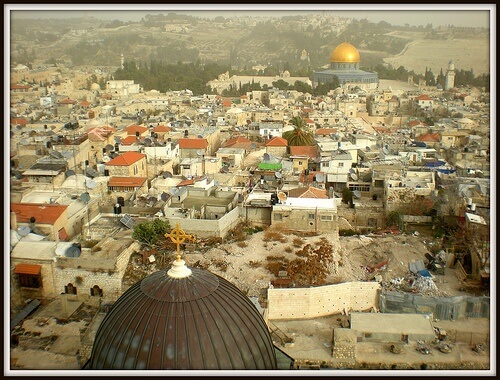
Jews, Muslims, and Christians alike all stake a claim in this beautiful, walled city as one of their religion’s holiest sites. Is the Old City the center of the world? Perhaps. Is it one of the most amazing places to be on the planet? For sure!
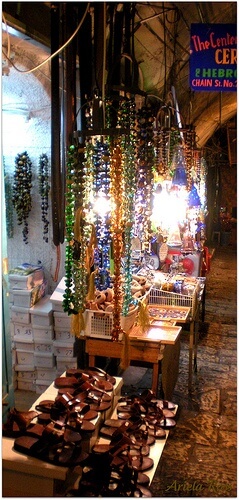
There are four “quarters†of the Old City . Each are free to explore and get lost (and found, spiritually) in. The largest of the four is the Muslim Quarter. It takes up about one-third of the area, in the northeast, and includes the Lion’s Gate to the east, Herod’s Gate to the northeast, and Damascus Gate in the north. It is abound with energy, vibrancy, and color during the day. The ‘shuk’ (or ‘souq’; an open-air market) is full of everything from sandals to Christian trinkets to Islamic prayer rugs, incense, and so much more.Â
Everyone is very friendly and hospitable. Don’t be shocked if a shop owner invites you in for a look at his merchandise and a cup of the famous Turkish coffee, on the house. They speak your language, and will try to get the highest price no matter what language you speak (besides, perhaps, Arabic), so don’t be shy to speak your native tongue, and also be aware that they may understand any side comments you make. Drive a hard bargain, even start to walk away if the price isn’t reasonable enough. Their ‘cost’ of merchandise is usually half of what they tell you, so don’t feel bad at all if they give it to you at that price. The first price they tell you is always (no matter what they say) double as much as they are hoping to get. Near the entrance to the Western Wall is a shop owner named Ramadan, he or his son will usually give you some of the best prices. Oh, and ladies, please be sure you are modest in both dress and action – Middle Eastern men are *very* flirtatious.
 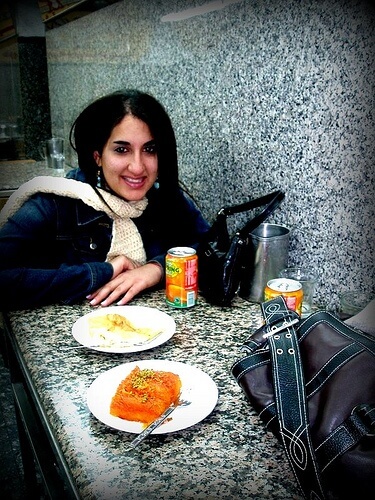
If you get hungry, there are plenty of places to stop in for a bite. Try Jafar Sweets for traditional Arabic desserts (especially Kadifah, made from sweet cheese and crispy orange noodles on top), Abu Shukri for some of the best hummus out there (be aware, they essentially only offer this, along with various toppings), or a great, unnamed falafel stand at the bottom of the stairs inside Damascus Gate for the most amazing, always fresh, and very cheap, falafel in pita you will ever taste. There are plenty of scattered hookah bars, but most are male-only.
While walking along the way, you will see soldiers and police stationed, usually in pairs. They are there for your protection, and many incidents have proven the need for them. The Border Guard soldiers (wearing the green uniforms) typically do not speak much English, but they can be useful for very basic directions and the time. Once again, I must strongly remind the ladies that Middle Eastern men love to flirt. This particular unit of soldiers is infamous for being womanizers, so do be aware of this. For everyone – please avoid walking unnecessarily through the Muslim Quarter at night. It is dangerous, as theft, assault, rape, and stabbings are unfortunately not uncommon.
The Muslim Quarter is best to visit on Saturday. Friday is a day of prayer in Islam, so it is extremely crowded (imagine trying to walk through people packed together like sardines), and about half the shops are closed. Saturday is the Jewish day of rest, so the majority of Jerusalem (including public transportation) is shut down. Enjoy your time, have fun, and practice your Arabic, too!
Basic Arabic Phrases/Words
Aywah – Yes (pronounced in most common situations as “ahâ€)
La – No
Ahdesh Hadah? – How much is this?
Bidi Hadah -Â I want this
Kif Halak? – How are you?
Ilhamdullilah – Good, Thank God
Insha-allah – Hopefully/God Willing
Numbers – Wahad (1), Tinin (2), Talatah (3), Arba’a (4), Hamsah (5), Sitteh (6), Saba (7), Tamaniye (8), Tisa (9), Asharah (10), Ashreen (20), Talateen (30), Arba’een (40), Hamseen (50), Sitteen (60), Saba’een (70), Tamaneen (80), Tiseen (90), Miya (100)
All images provided by the Author and can be viewed on her Flickr account.
Check out the other quarters of the Old City:
